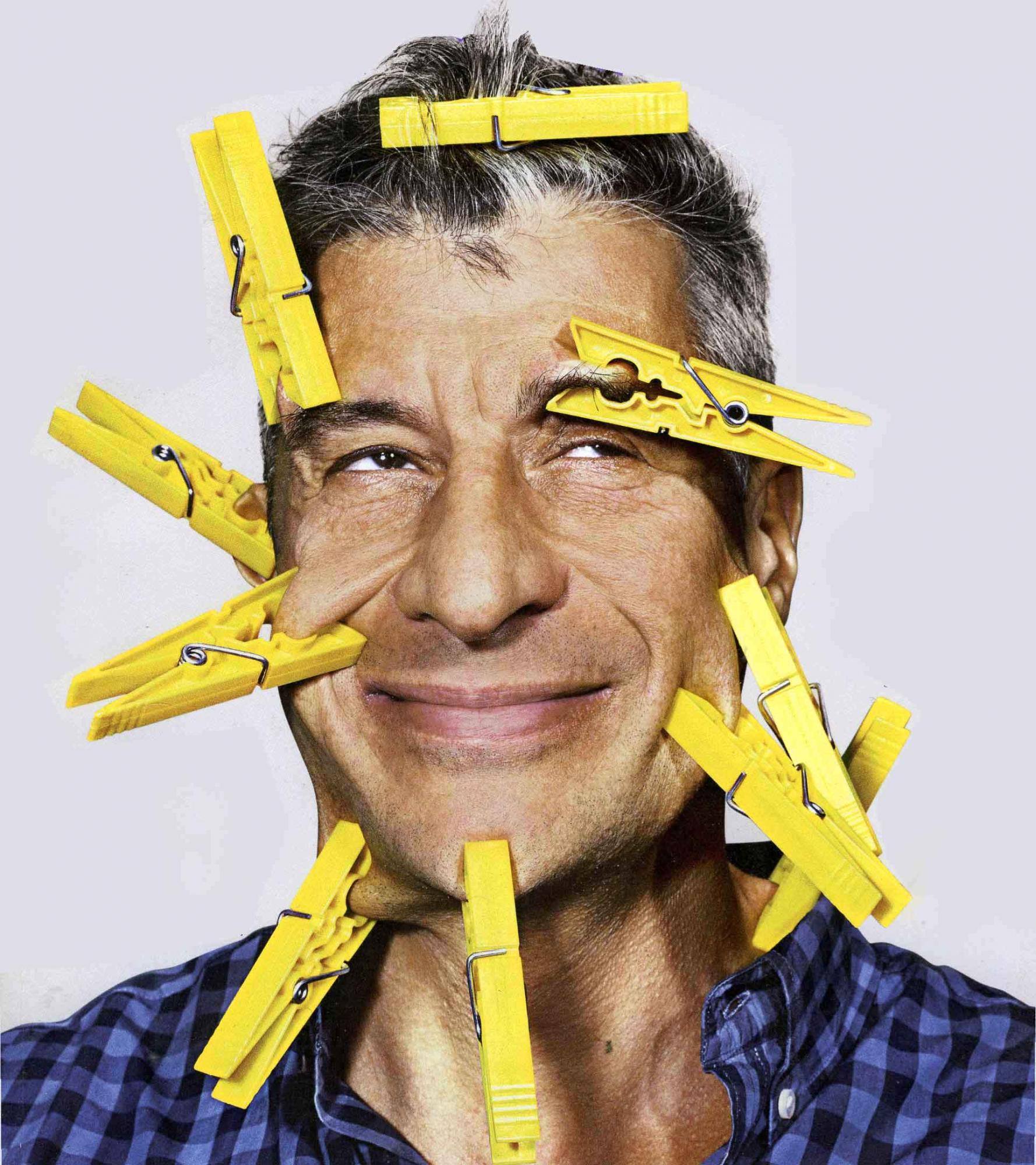
Maurizio Cattelan
The Italian Maurizio Cattelan likes derision and sparking controversy by creating works intended to challenge the public. Trained independently, he began his career in the late 1980s. His works, which take shape from real-world objects and people, are the result of an irreverent operation against art and institutions. Cattelan opens his own New York gallery, the Wrong Gallery, a space where nothing is sold and which remains permanently closed. Cattelan creates works which always cause scandal and give rise to all kinds of interpretations, even questioning religion and the sacred, such as La Nona Ora, a sculpture which represents a life-size wax effigy of the late pope. John Paul II struck down by a meteorite. His sculpture “LOVE” exhibited in Piazza Affari in Milan since 2010 provokes residents and calls into question the history of this financial square with a simple gesture (middle finger).
In January 2012, the Guggenheim Museum in New York presented a retrospective of his work over 21 years, entitled “Maurizio Cattelan: All”. In June 2010, he launched the biannual magazine Toiletpaper with photographer Pierpaolo Ferrari containing images full of humor and fantasy. Toiletpaper is now a brand that translates its kitsch images into decorative objects and clothing brands.
Founded in 2010, Toiletpaper is an artists' magazine created and produced by the artist Maurizio Cattelan, a leading figure in international contemporary art recognized for his taste for humor and provocation, and the famous photographer and artistic director Pierpaolo Ferrari.
Halfway between a magazine and an art book, Toiletpaper is unique in its kind. Each issue, since the first in 2010, contains images intended to challenge and shock the viewer. Each photograph is studied and staged in order to bring to life confusing and disturbing images: this is done surprisingly without any trickery.
Toiletpaper is committed: the images it contains largely denounce today's consumer society governed by the importance devoted to appearance.
Partnering with brands but also museums, the original images shared by Toiletpaper are the subject of campaigns and exhibitions, such as in June 2014 on the entire facade of the Palais de Tokyo in Paris.
They have created an unparalleled capsule collection for Seletti, at once provocative, funny, absurd, deviant...
The plates, mugs, tablecloths and soap in this collection are decorated with surreal images taken from their magazines.
Perfectly manicured severed fingers, crunched soap, fish stuffed with precious stones, canary with a severed wing... Toiletpaper's dreamlike motifs tinged with black humor borrow from fashion and advertising, combining commercial photography and twisted visual narratives and surreal imagery.
The different pieces of the Toiletpaper collection are as many striking paintings, mixtures of disturbing normality and disturbing ambiguity, in which fear mixes with visual pleasure.
A work of art as such, the Toiletpaper collection questions, through the accessibility of its price and its wide distribution, the nature and limits of the contemporary art market.
A question that has always been at the center of Maurizio Cattelan's work...
1/ Où sont exposées les œuvres de Maurizio Cattelan ?
Les œuvres de Maurizio Cattelan sont exposées dans des galeries d'art, des musées et des expositions du monde entier. Cattelan est un artiste contemporain renommé dont les créations sont présentées dans des lieux prestigieux tels que le musée Guggenheim à New York, la Tate Modern à Londres, le Centre Pompidou à Paris, ainsi que dans de nombreuses autres institutions artistiques à travers le globe. Sa présence dans ces établissements renforce son statut dans le monde de l'art contemporain et offre aux amateurs d'art de nombreuses opportunités pour admirer ses œuvres.
2/ Pourquoi Maurizio Cattelan a créé l’œuvre « Him » ?
Maurizio Cattelan a créé l'œuvre intitulée "Him" pour susciter la réflexion et l'interprétation des spectateurs. Cette sculpture controversée représente Adolf Hitler à une échelle réduite et est délibérément provocante. Cattelan explore des thèmes tels que le mal, la culpabilité et la nature humaine dans son travail artistique. "Him" peut être perçue comme une critique de l'horreur du nazisme et des atrocités commises par Hitler, tout en interrogeant la fascination malsaine que les gens entretiennent pour les figures historiques néfastes. L'artiste cherche à éveiller des émotions et à remettre en question les tabous sociaux, ce qui a fait de cette œuvre un sujet de débat intense.
3/ Pour quelles raisons Maurizio Cattelan a intitulé son œuvre « America » ?
Maurizio Cattelan a nommé son œuvre "America" pour évoquer plusieurs connotations. Tout d'abord, le choix du titre peut être interprété comme une référence à la puissance et à l'influence des États-Unis, symbolisées par les toilettes en or massif. En outre, cela peut être perçu comme une critique de la consommation ostentatoire, car les toilettes en or évoquent un luxe excessif. De plus, le titre "America" peut être ironique, mettant en lumière les inégalités sociales aux États-Unis. L'utilisation de ce nom pour une œuvre d'art suscite la réflexion sur la signification du "rêve américain".
4/ Qui est Maurizio Cattelan ?
Maurizio Cattelan est un artiste italien, à la fois sculpteur, graveur, photographe, peintre et dessinateur. Il est né en 1960 à Padoue, une ville située au nord de l’Italie, et vit et travaille à New York. Il s’est formé de manière indépendante, et a commencé sa carrière à la fin des années 1900. Ses œuvres, inspirées d’objets et de personnes du monde réel, ont la particularité de provoquer et de laisser place à différentes interprétations. C’est vers la fin des années 2000 que ses œuvres ont connu le succès sur le marché de l’art contemporain et auprès des collectionneurs du monde entier.
5/ Avec qui Maurizio Cattelan a créé le magazine Toiletpaper ?
Maurizio Cattelan a collaboré avec le photographe italien Pierpaolo Ferrari pour créer le magazine "Toiletpaper". Cette publication se caractérise par des images provocantes, parfois bizarres, mélangeant l'art, la mode et la photographie dans un style distinctif. Le magazine est devenu une plateforme pour l'expression artistique et l'exploration visuelle, reflétant le caractère subversif et créatif de Cattelan et Ferrari.
Voir plus















































